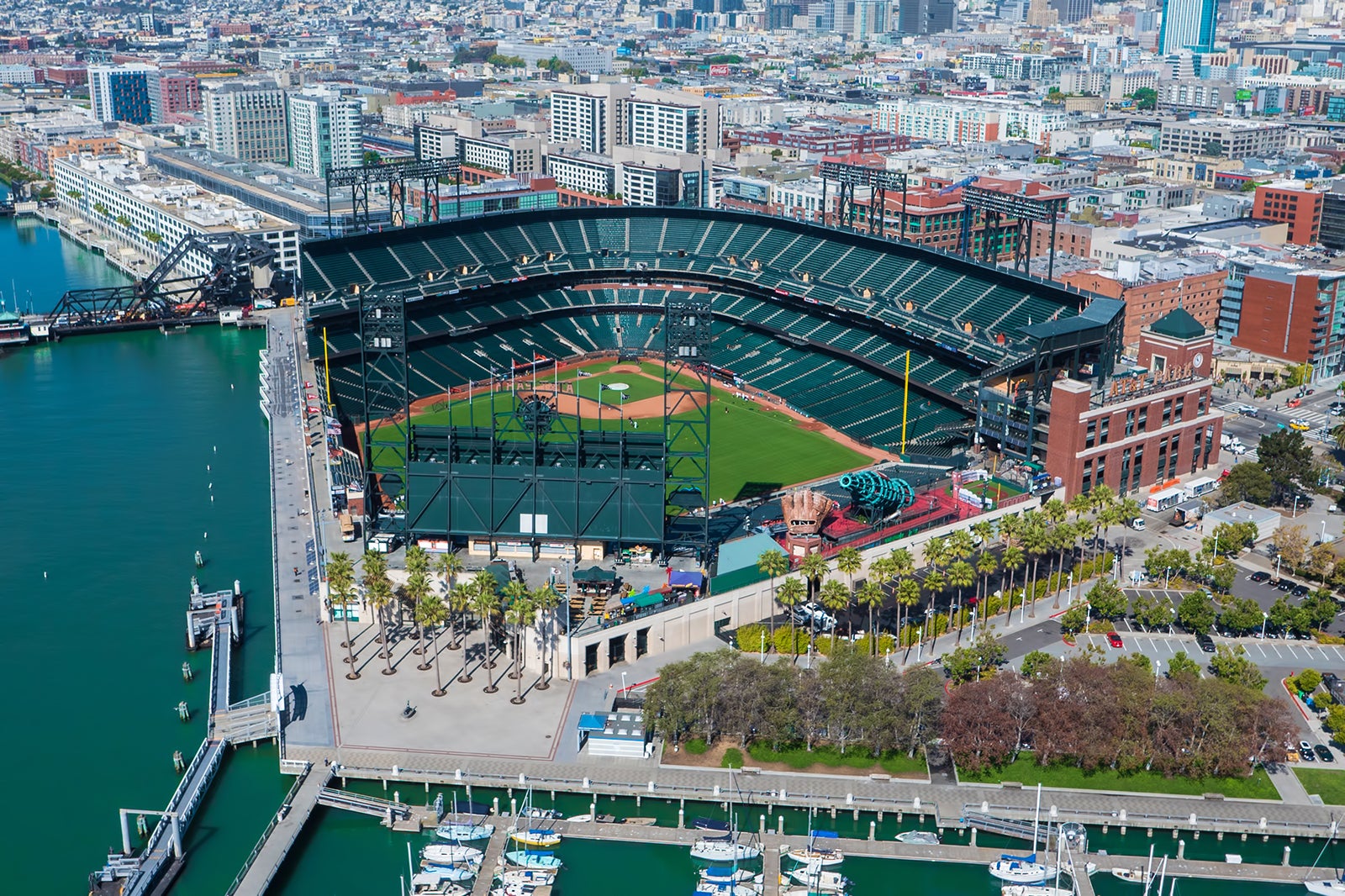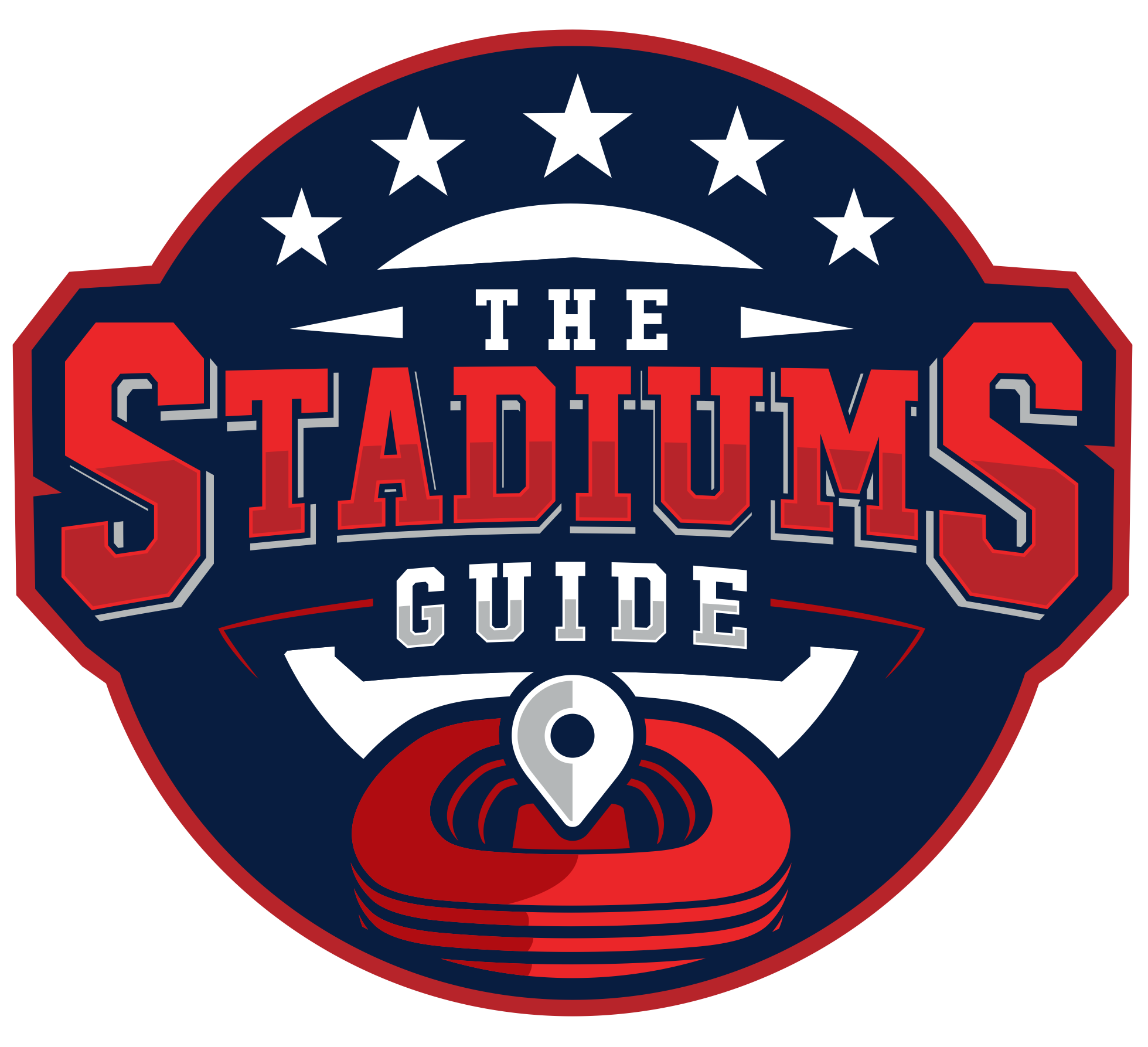Major League Baseball stadiums not only vary in size and design but also in the intensity of their fans.
Some ballparks are known for their electric atmosphere, with fanbases that create an unforgettable experience by passionately cheering for their teams.
In this article, we will delve into some of the loudest MLB stadiums that contribute to making the game even more thrilling for baseball enthusiasts.
From legendary parks steeped in historical importance to newer arenas designed to captivate the senses, the volume and enthusiasm of fans can make a significant impact on a team’s performance.
We’ll explore a variety of aspects that contribute to a stadium’s noise level, including acoustics, team spirit, and the sheer dedication of the fans in attendance.
Join us as we take you on a journey through the most thunderous MLB stadiums, highlighting what makes their fans an integral part of the ballpark experience.
As we showcase these celebrated venues, we’ll illuminate the spirit of camaraderie and the love for the game that unites the league’s most ardent supporters.
Revealed: The Loudest MLB Stadiums
When it comes to attending a Major League Baseball game, the atmosphere created by the fans plays a significant role in the overall experience.
Some stadiums are well known for their loud and passionate fans that truly make the game come alive.
Here, we’ll discuss the top-ranked MLB stadiums for loudness and some factors that can affect the noise level at a ballpark.
Top-Ranked Stadiums
- Tiger Stadium (LSU): It’s been reported that the fans at Tiger Stadium in Louisiana are so loud they once registered an earthquake on the Louisiana Geological Survey seismograph (source: SuperTailgate).

- Oracle Park (San Francisco Giants): Oracle Park, the home of the San Francisco Giants, is often praised for its energetic atmosphere and raucous fanbase (source).

While these two stadiums are notable examples, each ballpark brings its unique energy and local fanbase who love to show their passion for their team.
Factors Affecting Loudness
There are several factors that contribute to the loudness of an MLB stadium:
- Size and capacity: Larger stadiums tend to have more fans, which can result in louder crowds and a more amplified atmosphere.
- Fan engagement: The dedication and enthusiasm of the home team’s fans can significantly impact the energy and noise level within a stadium.
- Game intensity: High-stakes games, rival matchups, and playoff games can bring out the loudest and most passionate fans, creating a truly electrifying atmosphere.
It’s important to note that the noise level at any given stadium can vary from game to game due to these and other factors.
Captivating Stadium Moments
Record-Breaking Events
Some of the most memorable moments in baseball history occurred during ear-splitting events in MLB stadiums. For instance, on September 6, 1995, Cal Ripken Jr. played his 2,131st consecutive game at Camden Yards, breaking Lou Gehrig’s unbreakable record and becoming baseball’s new Iron Man. This top moment at Camden Yards ranks high on the list of most memorable moments in baseball history.
Another notable event took place during the 1981 World Series Game 4 at Dodger Stadium, where the Dodgers faced the Yankees. The stadium was incredibly loud, especially when Reggie Jackson lost Davey Lopes’ line drive in the sun.
Incidents Driven by Fans
Shea Stadium was known for its noisy atmosphere during the 1986 World Series, particularly during Game 7. Fans played a significant role in making this event one of the loudest moments in MLB history.
Similarly, certain fan moments have led to deafening noise levels in various stadiums. For instance, in 1988, fans at LSU’s Tiger Stadium produced such a loud roar that they managed to register an earthquake on the Louisiana Geological Survey seismograph. While not an MLB stadium, it serves as an example of the power of fans in creating unforgettable experiences at sporting events.
Design Elements Behind Stadium Acoustics
Materials and Construction
The materials used in the construction of a stadium play a critical role in its acoustics. Wood and metal can increase reverberations and boost crowd noise, as seen in some modern venues (source). Another important design consideration is the placement of media booths and PA towers, which can help reflect sound back towards the fans and enhance their experience.
For example, the Dodger Stadium sound system comprises two PA towers supporting a total of 62 K2 loudspeakers. To provide sufficient low-end reinforcement, 21 SB28 subs are positioned on the right field tower, with three SB28 on the left field side (source).
Seating Capacity and Arrangement
Seating capacity and arrangement also play an essential role in stadium acoustics. The way the seats are organized can affect how sound is distributed throughout the venue. Larger stadiums may require higher sound levels to reach every spectator, while smaller, tighter baseball venues may need a more evenly distributed sound level (source).
To ensure a pleasant auditory experience for all fans, it’s crucial for stadium designers to consider the venue’s size and shape when planning the placement and configuration of speakers and audio equipment. Balancing these factors will result in a stadium that delivers an immersive and enjoyable experience for fans of all seating levels.
The Impact of Loud Stadiums on Player Performance
Advantages for Home Team
Loud stadiums can create an energetic and intimidating atmosphere, often giving the home team an advantage in concentration and morale. The increased noise levels can help pump up the players and drive their performance during crucial moments. Moreover, it can become a source of motivation, inspiring them to push their limits and make outstanding plays. Familiarity with the noisy environment also allows home teams to develop better communication strategies and adapt their gameplay accordingly.
Challenges for Visiting Team
On the other hand, loud stadiums can present significant challenges for visiting teams. Deafening noise levels can make it difficult for visiting players to concentrate and communicate, leading to miscommunication and errors on the field. Furthermore, the intimidating atmosphere created by a loud home crowd can negatively impact the visiting team’s morale and performance. In some cases, the visiting team may experience increased stress levels and struggle to cope with the overwhelming noise, which ultimately influences their gameplay and potentially affects the outcome of the game.
James is a big time NBA Golden State follower, who makes sure to catch games when he's in the area. He likes to follow International Soccer, with an interest in small town soccer club, Blackburn Rovers located in the North on the UK.

